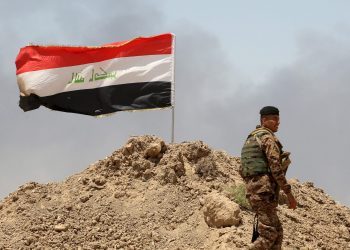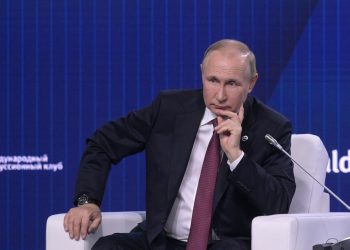US Air Force, WASHINGTON: The Air Force's top two leaders testified before the House and Senate Committee on Appropriations subcommittees on Defense during hearings about the fiscal 2009 budget March 11 and 12.
While the main topic of discussion among congressmen and senators remained the KC-45A contract award, Secretary of the Air Force Michael W. Wynne and Air Force Chief of Staff Gen. T. Michael Moseley also offered comments on other procurement priorities and joint basing.
Since the March 7 announcement of Northrop-Grumman as the company of choice to produce up to 179 new tankers, Air Force leaders have been called upon by government officials to defend the decision.
“We believe we accurately followed the laws and arrived at a decision selecting the better of two very qualified competitors to a published criterion,” said Secretary Wynne during his opening statement, later adding he believes the Air Force “selected the right airplane at the right time.”
“This is about fielding capability to be able to fight this country's wars,” said General Moseley. “It's about being able to field systems on time and being able to field systems to replace a (nearly) 50-year-old airplane that has served us very, very well.” Following the rules set forth and based on the proposals received, the Air Force “got a good aircraft and I'm willing to fly it,” he added.
Secretary Wynne and General Moseley also addressed the lack of funding for C-17 Globemaster III programs in the budget request and the subsequent unfunded request for 15 C-17s.
“This is an affordability issue,” said General Moseley. “We support the president's budget, and as we fit the priorities that we've tried to work within the department into that budget, some things just can't be bought.”
General Moseley stated that the additional C-17s on the Air Force's unfunded list are intended to be an eye opener as to what the Air Force would spend additional funds on if they were available. The general also stated air mobility needs have increased in the past three years with the expansion of the Army and Marines, as well as the impending stand-up of Africa Command which will have air mobility requirements similar to those of Pacific Command due to its size.
“We're utilizing the C-17s at a much higher rate,” General Moseley said. “We're told the future combat systems vehicle likely won't fit in a C-130 (Hercules), which means we'll have to fly it in C-17s to support the Army, and (mine-resistant ambush-protected vehicles) of course won't fit in a C-130.”
He added that every month C-17 transport helps take about 3,500 convoys and nearly 10,000 people off the roads, avoiding snipers, insurgents and improvised explosive devices. While operational requirements for the C-17s are on the incline, the Air Force simply can not afford additional aircraft, he concluded.
Senator Daniel Inouye, the chairman of the Senate Democratic Subcommittee on Defense, also addressed the status of the contract for a new combat search and rescue aircraft, or CSAR-X, during March 12 testimony.
The Air Force plans to field the CSAR-X to replace the HH-60 Pave Hawk helicopter. The contract has been the subject of Government Audit Office review since it was awarded to Boeing in 2006, and later protested by a competing company.
During testimony, General Moseley reinforced the need to “get on with” the CSAR-X contract. “This is about being able to pick people up in combat, and the U.S. Air Force does this for the entire joint team,” General Moseley said. “It's a core competency for us. The notion of getting on with this and getting it to our squadrons so we can get into a much more capable, survivable penetrating platform is our desire. That's why we've made it the number two acquisition priority for the Air Force.”
The Air Force hopes to have some resolution on the CSAR-X by August or September of this year, Secretary Wynne said.
In regard to joint basing, Secretary Wynne and General Moseley agreed it's important not to lose sight of the local levels of command, and allow local commanders to make decisions about the best ways to bring about efficiencies and savings.
General Moseley stressed the uniqueness of each service's mission and the distinct requirements of each service to organize, train and equip within their respective domains.
“I think joint basing is a good idea,” he said. “I believe looking at the base (supporting services) capabilities; looking at synergies to be able to save money and resources is a wonderful idea and we should pursue that, but as we begin to look at things that impact command authority or execution of command, we have to be very careful.”
Iraq accuses Israel of seeking pretext for future attack
Iraq has accused Israel of attempting to legitimize an attack on its territory, after the Israeli foreign ministry protested to...









